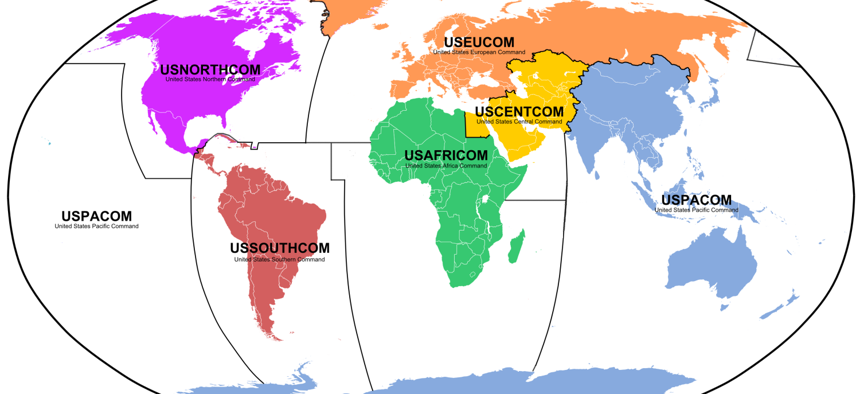
Flick user Lencer (Wikimedia Commons)
Personnel Visibility Key to Making Smarter Defense Cuts
New reports revealing dramatic growth in size and cost of headquarters support at the military's combatant commands highlight the need for greater transparency into personnel management.
Over the last decade, the size and cost of headquarters support at the military combatant commands has increased dramatically. The Department of Defense now has six geographic combatant commands designed to coordinate U.S. military actions and presence in a given region and three supporting functional combatant commands -- Special Operations Command (SOCOM), Strategic Command (STRATCOM), and Transportation Command (TRANSCOM). According to a June 2014 Government Accountability Office report , functional commands have seen their authorized personnel nearly double from 5,731 to 10,500 between 2004 and 2013 and their costs for headquarters operations increase more than 400% since 2001, from $296 million to more than $1.23 billion. Geographic combatant commands have also experienced significant growth. An April 2014 GAO report on five of the six geographic commands notes that authorized positions grew from 6,800 to 10,100 between 2001 and 2012 and that headquarters-support costs more than doubled from 2007 to 2012, to roughly $1.7 billion.
As GAO notes, this remarkable growth has created plenty of opportunities for significant cost savings. But making intelligent, effective personnel reductions requires having sufficient visibility into personnel activity, an area in which DoD has not excelled. GAO found that DoD has not regularly evaluated combatant commands’ authorized positions, lacks transparency into both budget and manpower resources, and is inconsistent in its existing personnel management systems for the commands. These weaknesses pose immense, and now urgent, challenges as headquarters support resources face the specter of a 20 percent cut . GAO points out that having better personnel data would show that, in fact, more authorized positions are eligible for cuts than DoD realizes, but the effect would actually be even more consequential. Achieving greater visibility into personnel activity would help DoD target reductions in such a way that cuts have the least impact on mission effectiveness.
Personnel visibility is not only a combatant command issue, however. A recent Government Business Council and Kronos survey of 335 senior employees from across DoD found that tracking personnel performance data is lacking in general. The survey primarily explored contracted personnel activity tracking, but it also asked about department personnel in general. As the chart below shows, a majority of senior DoD employees surveyed do not believe the department can justify personnel reductions with objective performance data.
DoD continues to face significant budget challenges as it adapts to new strategic realities laid out in the the 2014 Quadrennial Defense Review. The ability to make smart, data-based cuts to personnel and other resources is an essential element of the department's preparation for a new era of defense.
This post is written by Government Business Council; it is not written by and does not necessarily reflect the views of Government Executive Media Group's editorial staff. For more information, see our advertising guidelines.